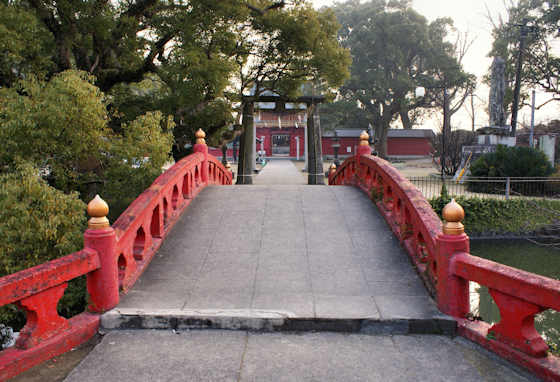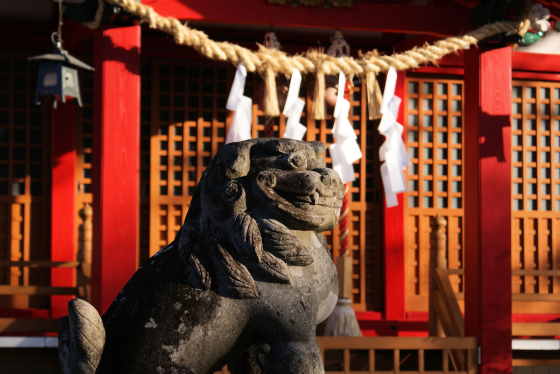Showing posts with label tenmangu. Show all posts
Showing posts with label tenmangu. Show all posts
Saturday, October 1, 2022
Path of Light at KitanoTenmangu Kurume
Thursday, September 29, 2022
Guardians of Kitano Tenmangu in Kurume
Zuijin was the original term for imperial guards, and they are most often shown holding bows and arrows.
Unusual, and I'm not sure of their significace, but there were also this trio of red horses...... more on the shrine tomorrow....
Monday, January 17, 2022
Christmas Morning at a Tenmangu Shrine
Xmas
Sunday, September 12, 2021
Many Komainu at Mizuta Tenmangu
Wednesday, September 8, 2021
Mizuta Tenmangu
Mizuta Tenmangu
Thursday, August 19, 2021
Miyama Tenmangu
Saturday, October 21, 2017
Fukura Tenmangu
Fukura is a district of Usuki, and as I walked into town I stopped in at Fukura Tenmangu. Like quite a few shrines it was actually a temple until the Meiji Period when many temples were converted to shrines by the government.
Being a Tenmangu it features a statue of an ox as well as the usual komainu etc. There are several sub shrines within the grounds.
It seems to be a very popular shrine offering a full range of ceremonies and amulets etc as well as a shrine to a red cat. Red Cat was the nickname of a successful local merchant and petitioners at the shrine pray for business success.
I was there at the end of February and the plum blossoms were in bloom. Tebmangu shrines often have plum trees because of poems Sugawara Michizane wrote about them, in the time before plum blossoms were supplanted by cherry blossoms in the Japanese imagination....
Yuzukosho (yuzu pepper) is a signature product from Usuki & Hita
Subscribe to:
Posts (Atom)






























































